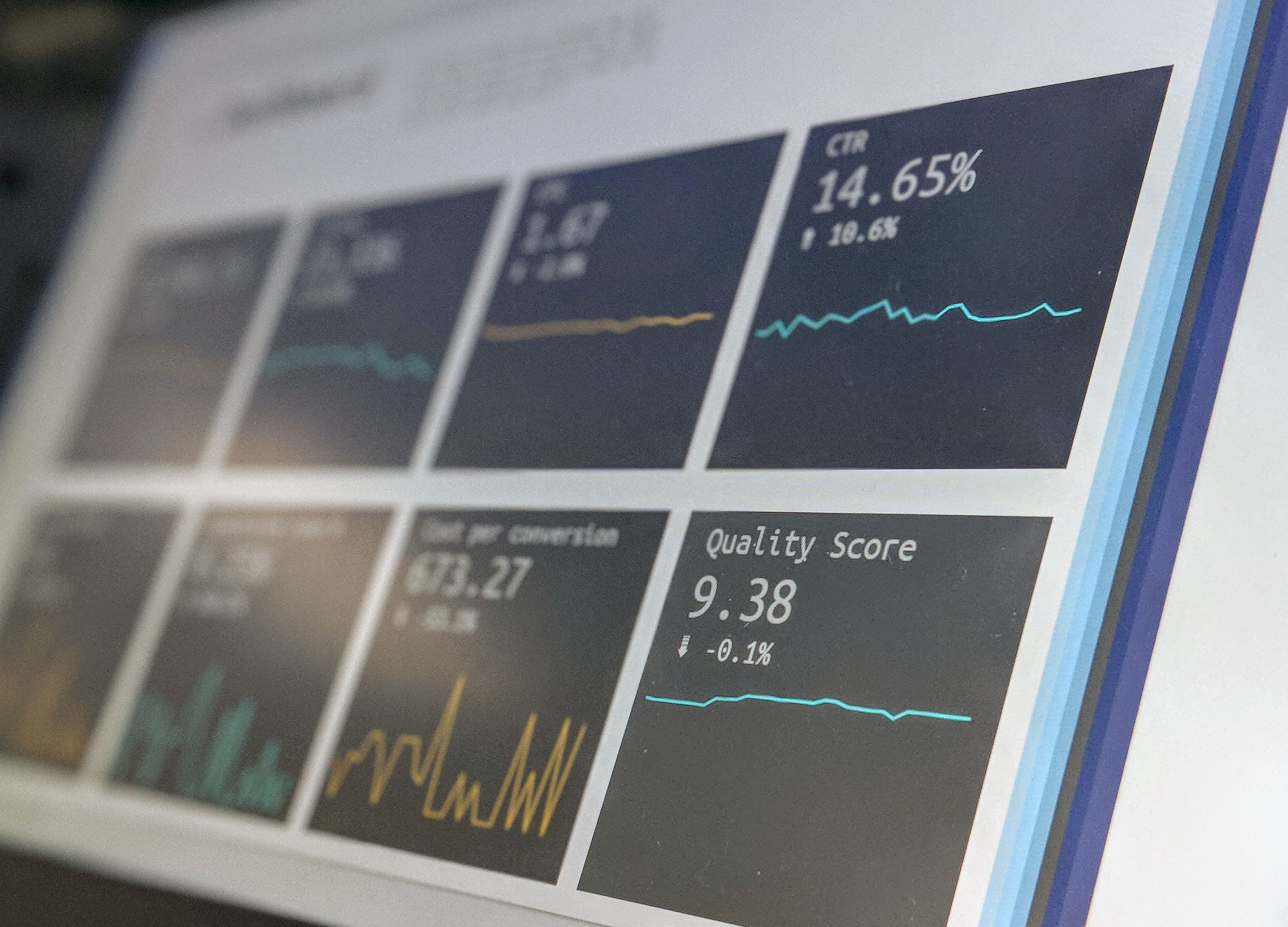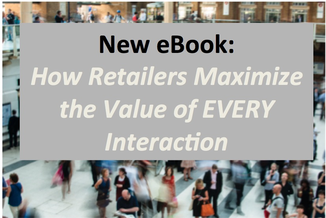In Part 1 of this series, we discussed how organizational objectives may change the implementation of a media mix and optimization platform. And in Part 2, we talked about measuring the efficacy of your efforts. Now, let’s talk about collecting and normalizing consumer responses and order/sales data.
High conversion rates are the Holy Grail when it comes to measuring the success of digital marketing. The more visitors you convert into customers, the more profitable your business.
Today’s customers expect tailored, customized marketing messages. They expect you to know who they are and what they need, all without your company seeming “creepy” by knowing too much about them. Companies are turning to real-time interaction management to meet these demands and increase their conversions and sales as a result.
With all the new entrants and a different playing field, loyalty marketers are not ruing as they did in the good old days when they had the consumer gaming dynamic all to themselves. Quite the contrary -- there is palpable excitement surrounding what the growing shift in consumer behavior means for their programs. Armed with a seemingly endless choice of game mechanics, technology platforms and social networks to enable new programs and a new set of consumer experiences, the loyalty sector is now more relevant than ever.





